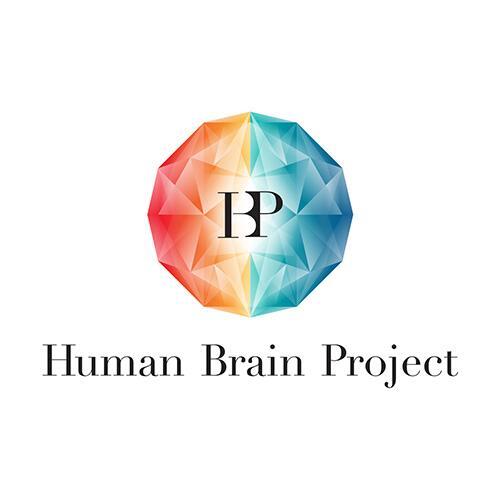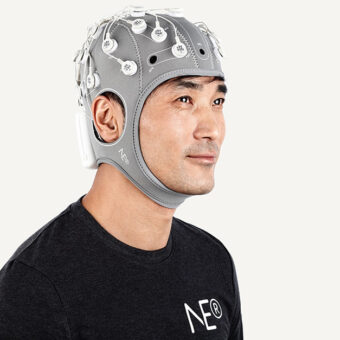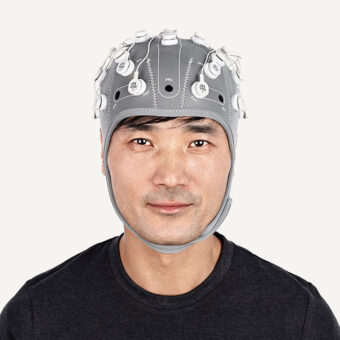As I have mentioned some times in previous posts, I am pretty sure that in the next years we will see great advances in the field of neuroscience. The 20th century was the century of physics, with great discoveries such as the theory of relativity and quantum physics, among others. I reckon the 21st century will be the century of neuroscience.
To prove this point, we just have to remember the two enormous investment plans committed by both the US and the European Union with their respective projects called BRAIN and HUMAN BRAIN PROJECT.
In this post I would like to present a quick overview of the main applied neuroscience projects that have been funded by the European Union in the last 10 years, some of which I had the chance to participate in.
- SENSATIONThe first prototype of the EEG sensor ENOBIO was developed in this project that was centered on the study of sleep quality and sleep detection while performing potentially dangerous tasks, such as driving. Together with a very thin mattress able to detect heart beat, high quality hipnograms were recorded. Also the EEG sensor was used to detect sleepiness while falling asleep while driving, under a very controlled scenario of course.
- HUMABIO, ACTIBIO and TABULA RASAThese 3 projects are related with biometry, that is the act of identifying or authenticating people by means of biometric features. After some initial research we found that EEG (and also ECG) are very well-suited biometric features and thus EEG and ECG were included in these projects. HUMABIO’s main objective was to build a multimodal biometric system fusing several biometric techniques (voice, gait, anthropometrics, face recognition, EEG and ECG) in order to obtain a more reliable biometrics score. ACTIBIO was somehow similar but in this case the users were free to move and perform normal tasks. In this case the challenge (which was successfully overcome) was to deal with the artifacts generated by the movement of the users in both EEG and ECG. Finally TABULA RASA’s objective was to find the weaknesses of different biometric systems in order to design efficient countermeasures.
- INTERSTRESSVery briefly, the objective of this project was to find effective ways to measure the stress levels of users and teach them how to cope with it using virtual reality techniques. From our side, we used EEG as a marker of stress and we were able to extract very interesting correlations.
- HIVE The goal of this project was to research on the benefits of neurostimulation (mainly using TMS and tCS) for different applications ranging from clinical (depression, stroke rehabilitation, increase the consciousness of comatose patients, etc…) to cognitive enhancement to hypercommunication, i.e. computer-mediated brain-to-brain communication. This last part is being undertaken now with very promising results.
- ASTERICS The project’s website provides the following brief description: “AsTeRICS is a free and Open-Source construction set for assistive technologies (AT). It allows the creation of flexible solutions for people with disabilities using a large set of sensors and actuators.”In our case we focused on EEG and on EMG. Using ENOBIO, we built a BCI system based on SSVEP and also an application with which you could control a helicopter bot using EMG.
- FutureBNCI In this coordination action (a type of European project), among others, we were involved in creating a roadmap for future directions in BCI research. This roadmap is freely available here and in it we can find an extensive list with over 15 EU-funded BCI projects.

Of course the EU has funded other types of neuroscience projects focusing more on clinical or basic neuroscience, but I think this list proves somehow that there is a very strong interest in neuroscience and I am quite sure this trend will continue for the years to come. See you next time!


